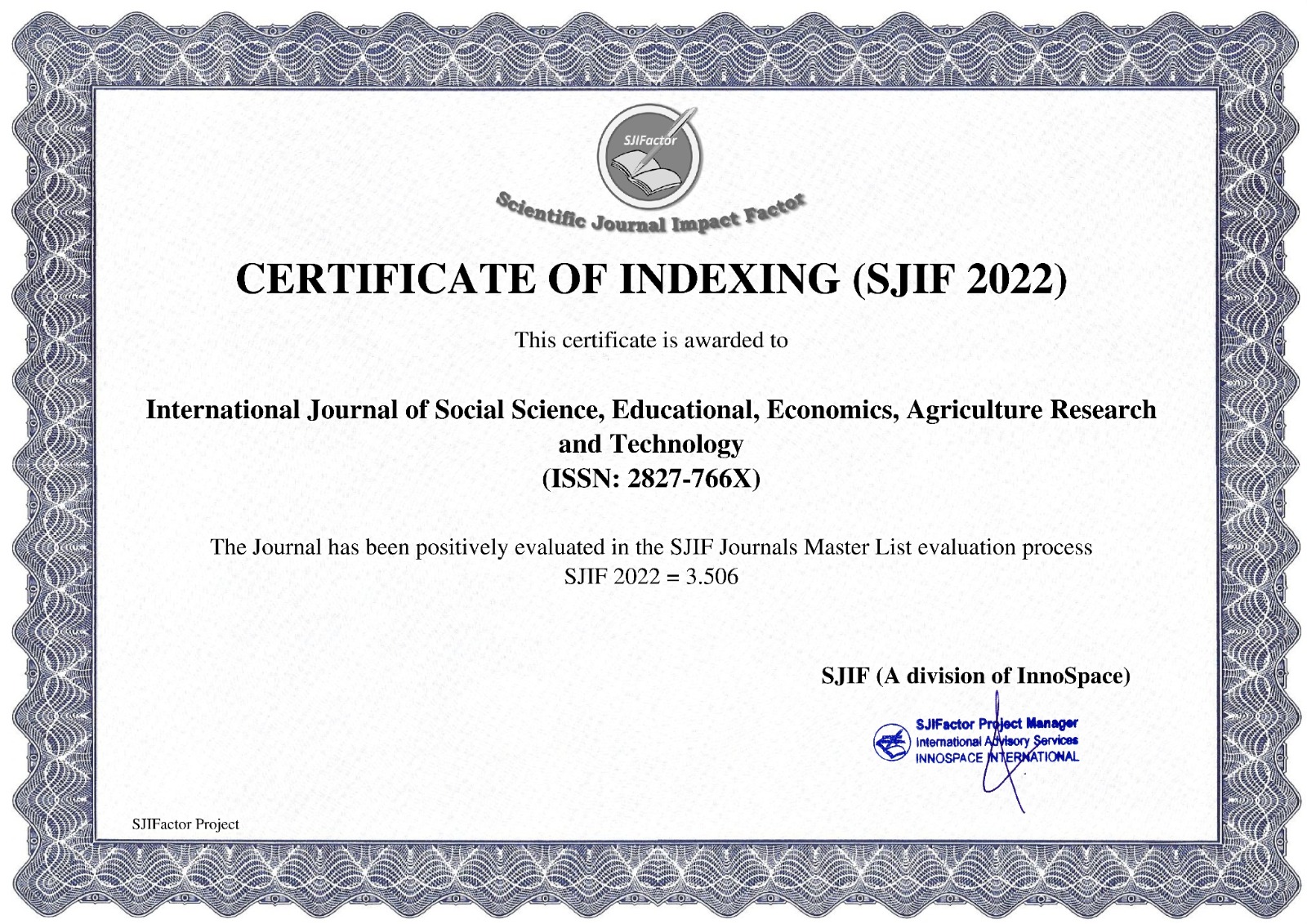MAPPING MISCONCEPTIONS OF SENIOR HIGH SCHOOL STUDENTS IN PHYSICS: A QUALITATIVE PERSPECTIVE
Main Article Content
Rodika Utama
Moh. Toifur
Carissa Viola Putri Alfian
Nisrina Karimah
Misconceptions in physics represent a persistent barrier in students’ learning processes, influencing how they interpret and apply fundamental principles. These misconceptions are often robust, deeply rooted in everyday experiences, cultural beliefs, or misleading linguistic expressions, making them resistant to traditional forms of instruction. The present study aims to map senior high school students’ misconceptions across a wide range of core physics topics—including mechanics, energy, waves, and optics—through a qualitative lens. The research employed a four-tier diagnostic test and semi-structured interviews administered to 45 eleventh-grade students from a public high school in South Tangerang, Indonesia. The diagnostic test allowed for the identification of misconceptions by probing students’ answers, reasoning, confidence levels, and justifications, while follow-up interviews provided deeper insights into students’ thought processes. Data were analyzed thematically to classify the most dominant misconceptions and to uncover the underlying reasoning patterns that sustain them. Findings revealed that the most prevalent misconceptions were associated with Newton’s third law, where students believed that action and reaction forces cancel each other out; with energy conservation, where energy was perceived as a consumable entity that “runs out”; with sound propagation, where students assumed sound could travel in a vacuum; and with optics, particularly shadow formation, where students believed that light rays could stop or bend arbitrarily in space. These misconceptions were not isolated errors but rather formed coherent alternative frameworks that strongly influenced students’ conceptualizations. The implications of this study are twofold. First, mapping misconceptions across different physics domains provides a comprehensive overview of the conceptual challenges faced by students, which can inform teachers’ pedagogical strategies. Second, the results emphasize the need for instructional approaches that combine multiple representations—verbal, graphical, and experimental—along with inquiry-based activities that explicitly challenge students’ existing ideas. Such approaches are expected to foster conceptual change and support students in developing a more scientifically accurate understanding of physics.
Braun, V., & Clarke, V. (2006). Using Thematic Analysis in Psychology. Qualitative Research in Psychology, 3(2), 77–101. https://doi.org/10.1191/1478088706qp063oa
Brook, A., & Driver, R. (1984). Aspects of Secondary Students’ Understanding of Energy: Full report. Children’s Learning in Science Project. Leeds University.
Chi, M. T. H. (2013). Two Kinds and Four Sub-Types of Misconceived Knowledge, Ways to Change it, and the Learning Outcomes. Frontiers in Psychology, 4, 3. https://doi.org/10.3389/fpsyg.2013.00003
Clement, J. (1982). Students’ Preconceptions in Introductory mechanics. American Journal of Physics, 50(1), 66–71. https://doi.org/10.1119/1.12989
Duit, R., & Treagust, D. F. (2020). Conceptual Change in Science Education: The Role of Students’ Preconceptions. International Journal of Science Education, 42(1), 1–15. https://doi.org/10.1080/09500693.2019.1689586
Eshach, H., & Schwartz, J. L. (2006). Sound Stuff? Naive Materialism in Middle-School Students’ Conceptions of Sound. International Journal of Science Education, 28(7), 733–764. https://doi.org/10.1080/09500690500404611
Gurel, D. K., Eryilmaz, A., & McDermott, L. C. (2015). A Review and Comparison of Diagnostic Instruments to Identify Students’ Misconceptions in Science. Eurasia Journal of Mathematics, Science and Technology Education, 11(5), 989–1008. https://doi.org/10.12973/eurasia.2015.1369a
Halloun, I., & Hestenes, D. (1985). Common Sense Concepts about Motion. American Journal of Physics, 53(11), 1056–1065. https://doi.org/10.1119/1.14031
Kaltakci-Gurel, D., Eryilmaz, A., & McDermott, L. C. (2022). A Review and Comparison of Diagnostic Instruments to Identify Students’ Misconceptions in Science. Eurasia Journal of Mathematics, Science and Technology Education, 18(6), em2114. https://doi.org/10.29333/ejmste/12078
Liu, X., & McKeough, A. (2005). Developmental Growth in Students’ Concept of Energy: Analysis of Selected Items from the TIMSS Database. Journal of Research in Science Teaching, 42(5), 493–517. https://doi.org/10.1002/tea.20065
McDermott, L. C. (1993). How We Teach and How Students Learn—A Mismatch? American Journal of Physics, 61(4), 295–298. https://doi.org/10.1119/1.17282
Métioui, A., Matoussi, F., Trudel, L., & Hrich, N. (2020). Students’ Conceptions about Light: A Review. European Journal of Physics Education, 11(3), 18–38. https://doi.org/10.20308/ejpe.v11i3.416
Posner, G. J., Strike, K. A., Hewson, P. W., & Gertzog, W. A. (1982). Accommodation of a Scientific Conception: Toward a Theory of Conceptual Change. Science Education, 66(2), 211–227. https://doi.org/10.1002/sce.3730660207
Salmadhia, T., Sutopo, S., & Sunaryo, S. (2021). Students’ Conceptions of Energy in Physics: Substance-Like Reasoning and Alternative Frameworks. Journal of Physics: Conference Series, 1806(1), 012123. https://doi.org/10.1088/1742-6596/1806/1/012123
Saputri, N. W., Nugroho, S. E., & Permanasari, A. (2021). Designing Inquiry-Based Learning to Reduce Students’ Misconceptions on Energy Concepts. Jurnal Pendidikan IPA Indonesia, 10(4), 578–588. https://doi.org/10.15294/jpii.v10i4.32028
Soeharto, F., & Csapó, B. (2022). Misconceptions and Alternative Conceptions in Science Learning: A Systematic Review. Education Sciences, 12(8), 527. https://doi.org/10.3390/educsci12080527
Susanti, L., & Sari, R. (2023). The Use of Virtual Laboratories in Reducing Students’ Misconceptions of Heat Transfer. Journal of Physics: Conference Series, 2468(1), 012034. https://doi.org/10.1088/1742-6596/2468/1/012034
Sutopo, S., & Waldrip, B. (2020). Impact of Multiple Representations on Students’ Conceptions of Energy. Science Education International, 31(2), 192–200. https://doi.org/10.33828/sei.v31.i2.11
Widodo, A., & Duit, R. (2021). Students’ Understanding of Energy: Learning Progressions and Persistent Misconceptions. Journal of Science Education Research, 5(2), 75–89. https://doi.org/10.1080/21548455.2021.1934756






















